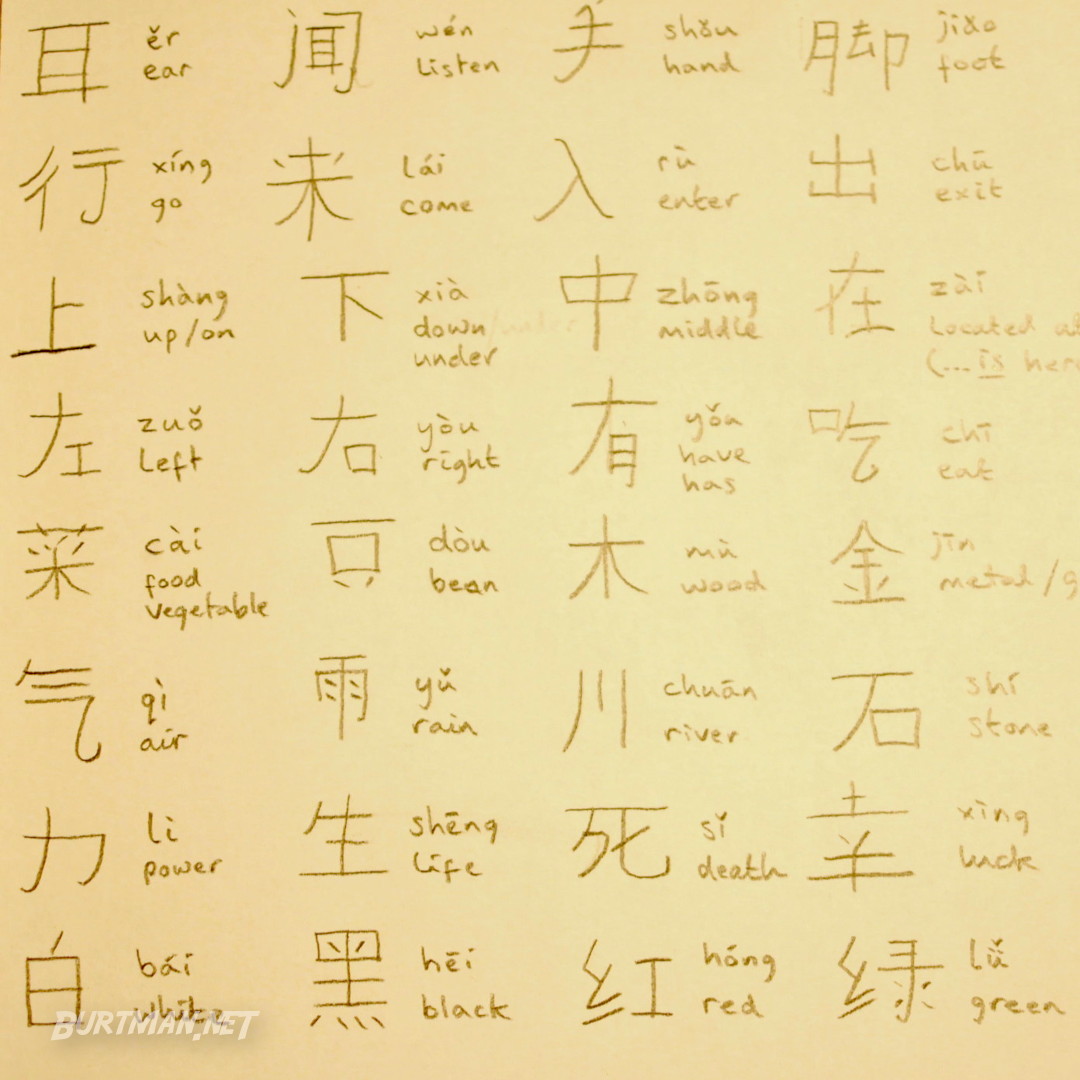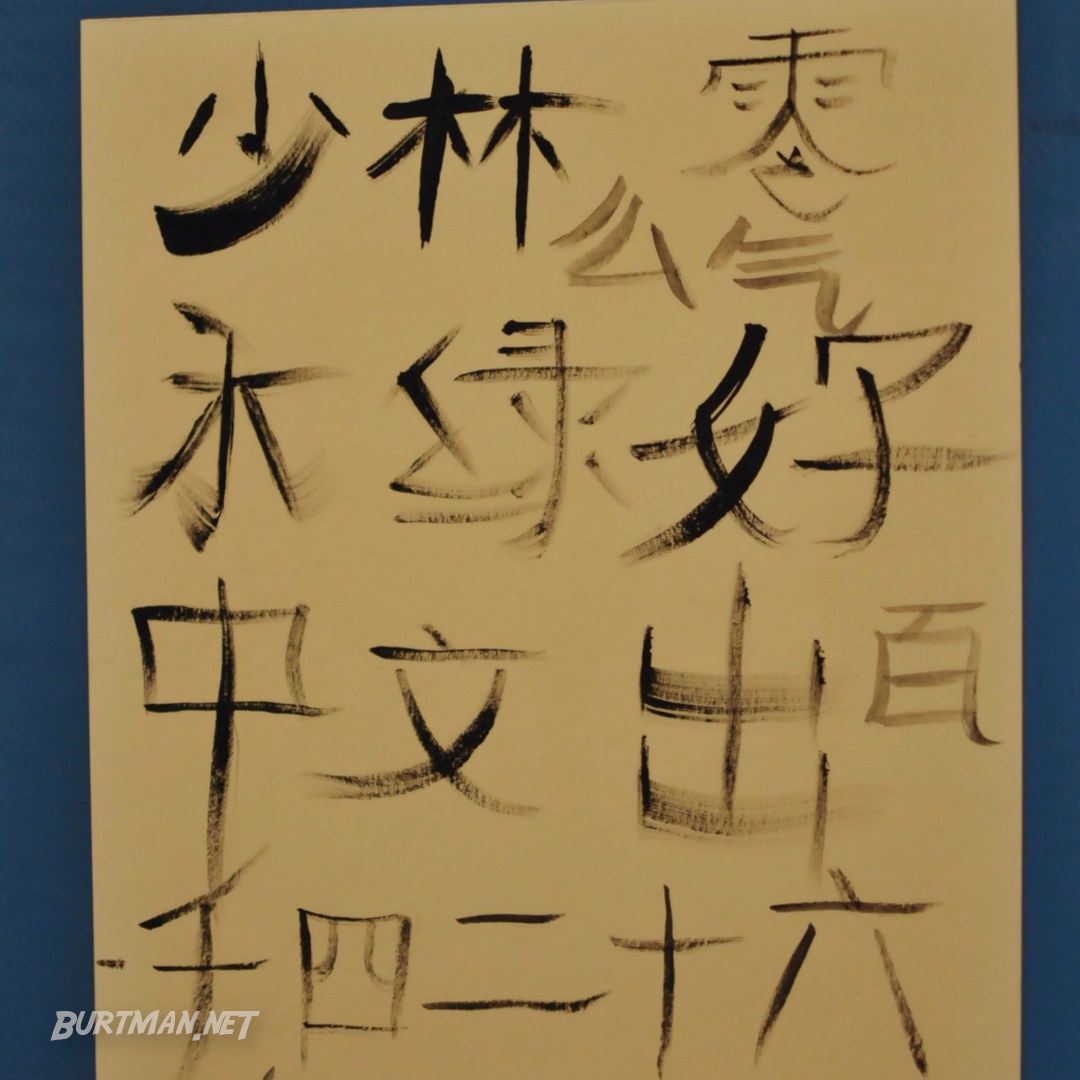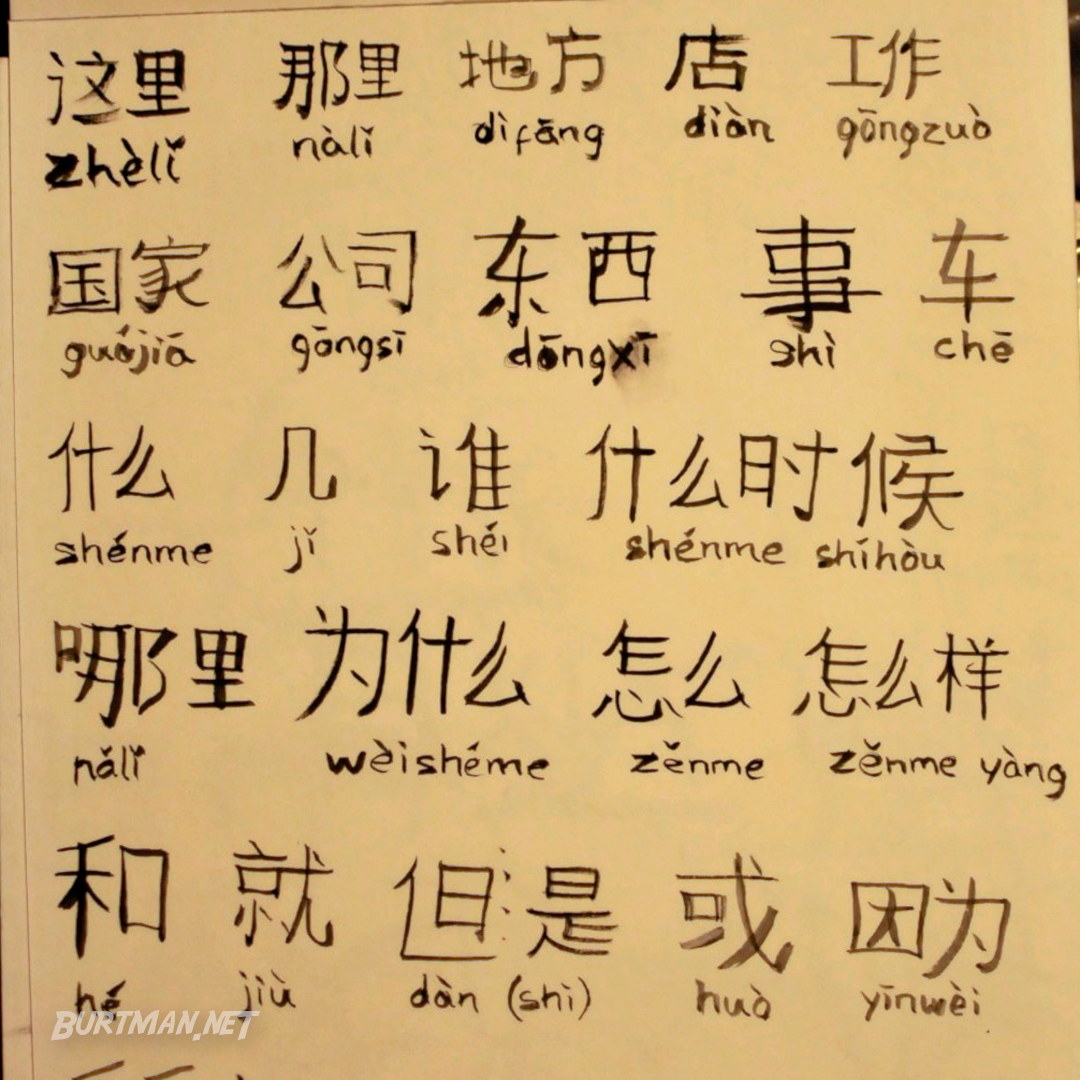Learning Chinese Symbols (Hàn Zì)
3: The Road To Beijing - Mandarin (Part 3 Of 3)
Updated:
So far, I've been learning speaking and listening skills in Mandarin, which is obvious crucial, but with some basics down, now is when the hard work starts. Pinyin is a great invention for learning how to pronounce Chinese syllables, but it's no help in reading and writing. It's time to start learning 汉字 (hàn zì), the written form of Mandarin.
With estimates as high as 80,000 symbols, it's clear that I can't just learn them all, and, in fact, most native Chinese speakers only know around 3,000 of them, with more than that being considered the domain of the expert linguist. That's reassuring. At least I have a number to aim for, but 3,000 symbols, some of them fairly complicated, is still a serious task.
To break it down, I've set my first goal at 500 symbols, which should allow me to read approximately 20% of all written Chinese I'm likely to encounter (specialist subjects and historical texts, possibly, not included). I can live with that, as a primary goal.
Here's how I'm doing it:
Thanks to the internet, I can easily find out the most useful symbols, in order of how often they appear in the language. I've picked up a list of 100 of them and written them out on paper, with their Pinyin and English counterparts. That's up on my wall, and I read it twice a day, trying to remember every symbol, pronunciation and meaning. When I can remember the whole sheet, it goes in my Chinese folder, and the next 100 symbols go up. Then, once a week, at least, I will go through the folder and remind myself of all of them. It's quite a commitment, but in time, the first sheet will be completely ingrained and no longer need to be part of my reading. That's the theory, anyway.
So far, I can remember about half of the first sheet, plus the numbers, and how to use them (a system that's far too complicated, in my humble opinion).

Update
I recently received another little gift, which lends itself to my Chinese studies. I have seen this learning method in old Chinese films, and I wanted to give it a try. Below are my first two pages, with the first being a rather haphazard bash with a few symbols I could remember at the time, and the second being a more considered, thematic approach, in which, you can see the first sparks of brush control forming. :)


I've found that painting the symbols takes much more effort than drawing them with a pencil, and that effort leads to noticeably better retention, so this is going to be a part of my study, from now on, although I won't bore you with the details, unless I happen to produce a particularly stunning one. And, for the eagle-eyed Mandarin speakers, yes, I noticed it, too. I'm still new! :D
Onward.




 Adventures In Foreign Tongues
Adventures In Foreign Tongues For Everyone
For Everyone